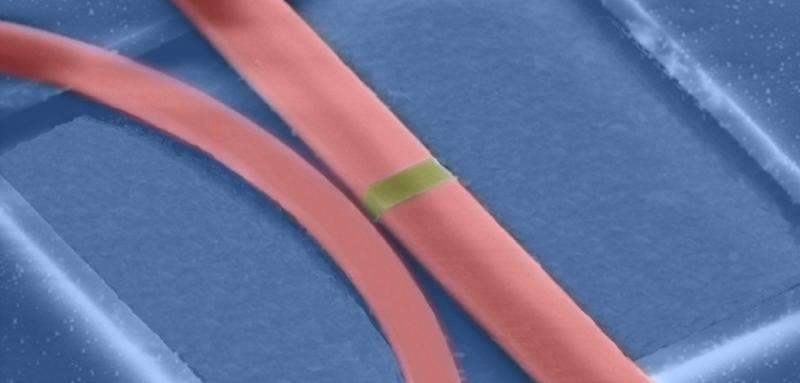
The Breakthrough
A new device uses the same material used in rewritable CDs and DVDs (GST) as the world’s first photonic nonvolatile memory chip. A small section of that material is place on top of a silicon nitride ridge, and pulses of light sent through that ridge can change the state of the GST. An intense pulse can cause it to melt and cool, whereas a less-intense pulse can put it into a crystalline state. These two states correspond to 1 and 0, which means the device can store data, and it doesn’t require power.
The Implications
There are a number of applications for the new technology, which uses established, well-understood materials. The first application is ultra-fast data storage. Another possibility is that memory might be able to store data beyond 1s and 0s, which would open up the possibility that memory could perform calculations instead of the processor. The next big step is to develop an electro-light interconnect, which would allow the new memory chips to interface with other components.